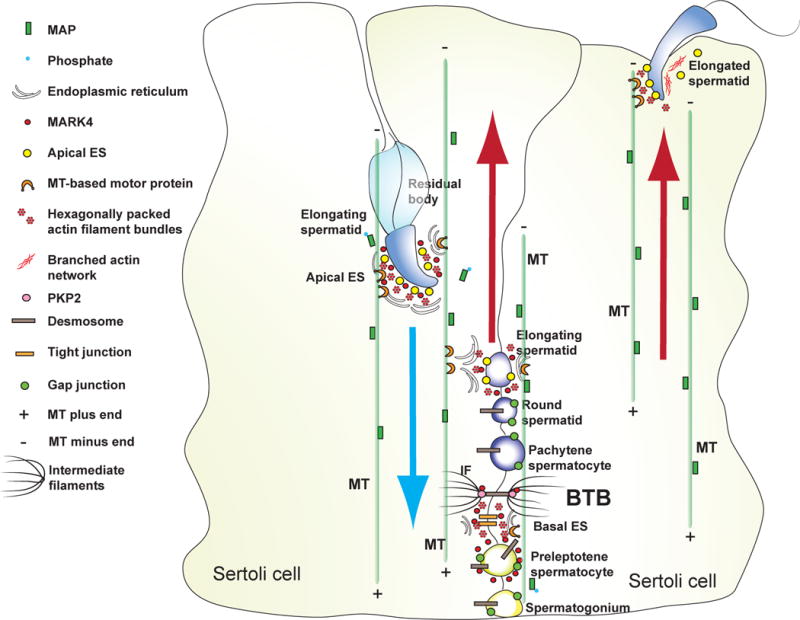Figure 1. A schematic drawing illustrating the likely mechanism of spermatid transport across the seminiferous epithelium during spermatogenesis utilizing the microtubule-based cytoskeleton and the intricate relationship between MT and F-actin-rich apical and basal ES.

Microtubules are orientated with their plus (+) and minus (−) ends in the Sertoli cell of the seminiferous epithelium and stabilized by MAP, which are being used as the track for spermatids (cargoes) to transport across the epithelium, involving motor proteins (e.g., myosin VIIa), at different stages of the epithelial cycle, moving “up” and “down” the epithelium until fully developed elongated spermatids detach from the epithelium at spermiation. The precise mechanism of spermatid transport remains unknown since many of the crucial molecules involved in this event have yet to be identified and studied in the testis. Abbreviations used:
